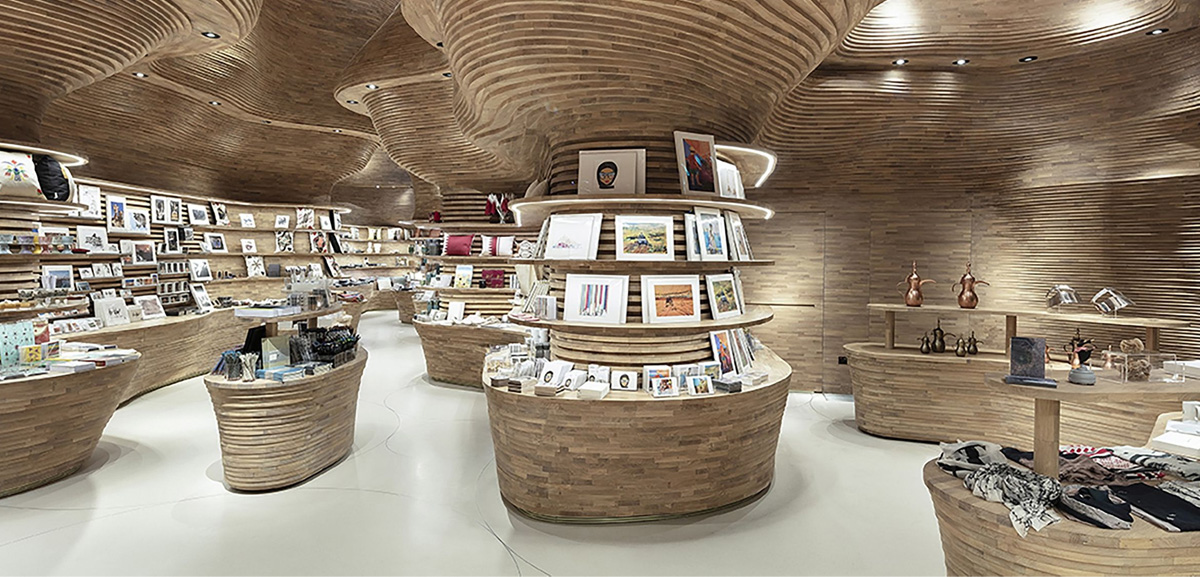You’ve seen the name in furniture stores and swanky car brochures, but you may still wonder to yourself, “What is leatherette exactly?” And, you wouldn’t be alone. Most of us have a fair idea that leatherette is a faux leather fabric, but we’re not 100% certain of what it is or how it’s made.
Questions such as, “Is leatherette bad for the environment?” or “Does leatherette biodegrade?” will also enter some people’s minds when choosing upholstery fabric for furniture or their new car’s interior, but there isn’t a great deal of info out there on the subject. Until now!
In this post, I take a look at this faux leather fabric and hopefully answer any questions you may have. If I miss anything out, you know the drill. Drop me a line in the comments section at the bottom of the page and I’ll get back to you. Let’s get started!
What is leatherette?
How is leatherette made?
As a synthetic material, leatherette obviously goes through a longer production process than real leather, but that doesn’t mean that natural leather isn’t processed at all, far from it. In fact, leather is treated with numerous chemicals before it hits the shops, so the word “natural” should really be taken with a pinch of salt.
Check out the video below to find out exactly how fake leather is made.
Alternative names for leatherette
The term leatherette is commonly used in the automotive and furniture industries where fake leather is often utilized as an upholstery fabric, whereas the fashion industry will opt for the frankly better sounding “faux leather” to describe synthetic alternatives to animal hide. There are, however, several terms to describe this material. While the makeup of an individual piece of fabric may vary, the names all designate the same thing – a real leather alternative.
Here are just a few you might encounter:
- faux leather
- synthetic leather
- fake leather
- artificial leather
- pu leather
- vegan leather
- pleather
Older generations will also recall that leatherette was once simply referred to as “vinyl”, and many will remember being stuck to a car seat made of this material in the height of summer (or frozen rigid in winter!). Thankfully, the newer versions of leatherette perform far better than the old style, but, as we will see, that doesn’t automatically mean you should buy it.
Leather vs. leatherette: What are the key differences?
Naturally, as the two materials differ so much, there are a few distinct contrasts. These include:
Price
- The main difference between leather and leatherette is the price. Despite essentially being a by-product of the meat industry, leather still commands an extremely high price and is often associated with premium goods.
- Leatherette, on the other hand, is relatively cheap and will often be selected by those who are looking to make savings that they can then spend elsewhere. This is especially true in the automotive industry, where cars will often be sold with optional extras available.
Durability
- Leather is a very durable product, but it does need to be cared for. Stains and spills need immediate attention or else you’ll be left with unsightly marks. If you’re looking for an upholstery material you can just forget about, then leather really isn’t the best option for you. Real leather also scratches very easily.
- Leatherette’s lifespan will be considerably less than real leather, but you’ll still get a good 10 years out of it before it deteriorates.
- So, providing it is well maintained, leather will outlast leatherette. Which brings us to…
Maintenance
- Maintaining leather can be hard work. This naturally porous material will soak up spills and smells and is impossible to wash.
- Leatherette, too, is usually not washable, but it does have the benefit of being a lot less porous than real leather, so you’re able to wipe leatherette furniture down to keep it clean and you’ll also have a window of opportunity to mop up a spillage before it soaks in.
- A leather seat or sofa will require regular dusting, vacuuming, conditioning, and nourishing if you want to keep it in tip-top condition, and some even recommend keeping it covered when not in use. Not exactly practical, then!
Choice
- While it may not be as bad as Henry Ford’s, “You can have any color…as long as it’s black!”, leather is restricted to pretty much three options: black, brown, and, occasionally, white.
- Leatherette, on the other hand, is very easy to dye, so the range of colors available for synthetic leathers is far wider, which gives consumers greater choice.
Ethics
- This should be a no-brainer but, as with so many things in life, it’s not quite a black and white issue.
- While the benefits of opting for an upholstery fabric that does not cause harm to animals are obvious, there are other considerations to take into account, such as the environmental impact leatherette can have.
- From an eco standpoint, both polyurethane and PVC are not good, so opting for a vegan leather may not be the best choice for the planet even though it is far kinder to our furry friends.
Distinguishing between leatherette and leather
If you are buying a new product, distinguishing between leather and leatherette will be as easy as reading the label attached. But what about if you’re buying something second hand? How can you tell the difference between leather and leatherette? The truth is that it is getting harder and harder to make the distinction. Newer technology is making fake leather better than ever at mimicking the real things, but there are still a few tell-tale signs you can look out for. The main one is to check the material’s pores. Unsurprisingly, real leather’s pores will be far more inconsistent than that of a synthetically manufactured leather. So, if the pores of the material are uniformly spaced, it’s a good chance that the product is made from fake leather.
Another way to spot the difference between real and fake leather is to check the edging wherever possible. If you can see the edges of the product, you will be able to ascertain whether or not the leather is real or synthetic by again looking for uniformity. If the edges seems clean and consistent, then it’s likely to be faux leather. If the edges appear to be ragged and rough, it’s probably real leather.
Finally, use your senses. Smell and feel will give you a good idea of what the material is made of, regardless of how old it is. Leatherette will never smell like leather and will often have a plasticky feel to it (although manufacturers are getting better at reducing this). Giving the material a firm press will also reveal a lot, too. A fingertip on real leather will cause a “spider’s web” like pattern to appear, whereas fake leather will not crease in quite the same way.
Is leatherette a good choice?
Ethically it’s good, but environmentally it’s poor. So, are there any decent alternatives?
Environmentally friendly leather alternatives
Thankfully, there are some environmentally friendly alternatives to leather but don’t expect to find them everywhere. Although there is a clear shift in the way many of us think about the purchases we make, it still seems as though we are a long way off of seeing environmentally conscious products overtaking unsustainable materials on the mass market. It’s not, however, all doom and gloom. Look at the rise in veganism over the last decade or so and then check out the increase in vegan friendly products on the market; there is a clear correlation between the two, so things can change.
Businesses are in business to make money, so if we continue to source our purchases in a more ethical and environmental fashion business will take notice and shift accordingly. We do, however, need to make our voices heard and steer clear of unethical or unsustainable products consistently to make this happen.
So, what are some of the better leather alternatives to look out for than faux leather? Here are just a few:
Cotton canvas
Canvas is durable and can look great on a number of different products. Many manufacturers are using canvas to mimic leather, but be aware that this can often include a coating that doesn’t biodegrade, making it little better than leatherette.
Hemp
Hemp fabric is nothing new, but with the connection to marijuana it has received somewhat of a bum wrap over the years. Thankfully, this looks set to change. Extremely tough and very sustainable, hemp fabric should grow in popularity as ever greater numbers of textile manufacturers utilize this wonderful product.
Cork leather (aka cork skin)
You may not have heard of it yet, but cork leather could become big news over the next few years. This completely natural product is made from the bark of the cork oak tree, which makes it both durable and eco-friendly. Start asking for cork leather when you’re out shopping to help spread the word.
Ocean leather
Made from kelp, ocean leather is another great sustainable alternative to leather, but is probably rarer still than cork leather.
Piñatex
It’s name is a slight giveaway as Piñatex is manufactured from pineapple leaves. A fairly recent alternative to leather, Piñatex was developed in the ’90s and is already being used for a wide range of products including seat coverings, shoes, and bags.
Barkcloth
Barkcloth is a far more ancient alternative to leather, but it’s one that is making somewhat of a comeback in many circles. Once ubiquitous in parts of Asia and Africa, barkcloth is a textured fabric that is perfect for home furnishings such as curtains and upholstery.
What is leatherette? Answered!
There you have it. If you’ve been wondering, What is leatherette? well, now you know.
If you have any other questions, please feel free to drop me a line in the comments section below. I read every one and will do my best to get back to you ASAP.
For more Living articles click here.
By: Lisa Williams
Source: Happy Happy Vegan

 It’s a tough question. Now we know what leatherette is and how it’s made, there are clear pros and cons to buying it. On the one hand, it’s kinder to animals, which makes it perfect for vegans. While on the other, it’s not biodegradable and isn’t the best product on the market for the planet…which isn’t perfect for vegans!
It’s a tough question. Now we know what leatherette is and how it’s made, there are clear pros and cons to buying it. On the one hand, it’s kinder to animals, which makes it perfect for vegans. While on the other, it’s not biodegradable and isn’t the best product on the market for the planet…which isn’t perfect for vegans!




Leave A Comment
You must be logged in to post a comment.